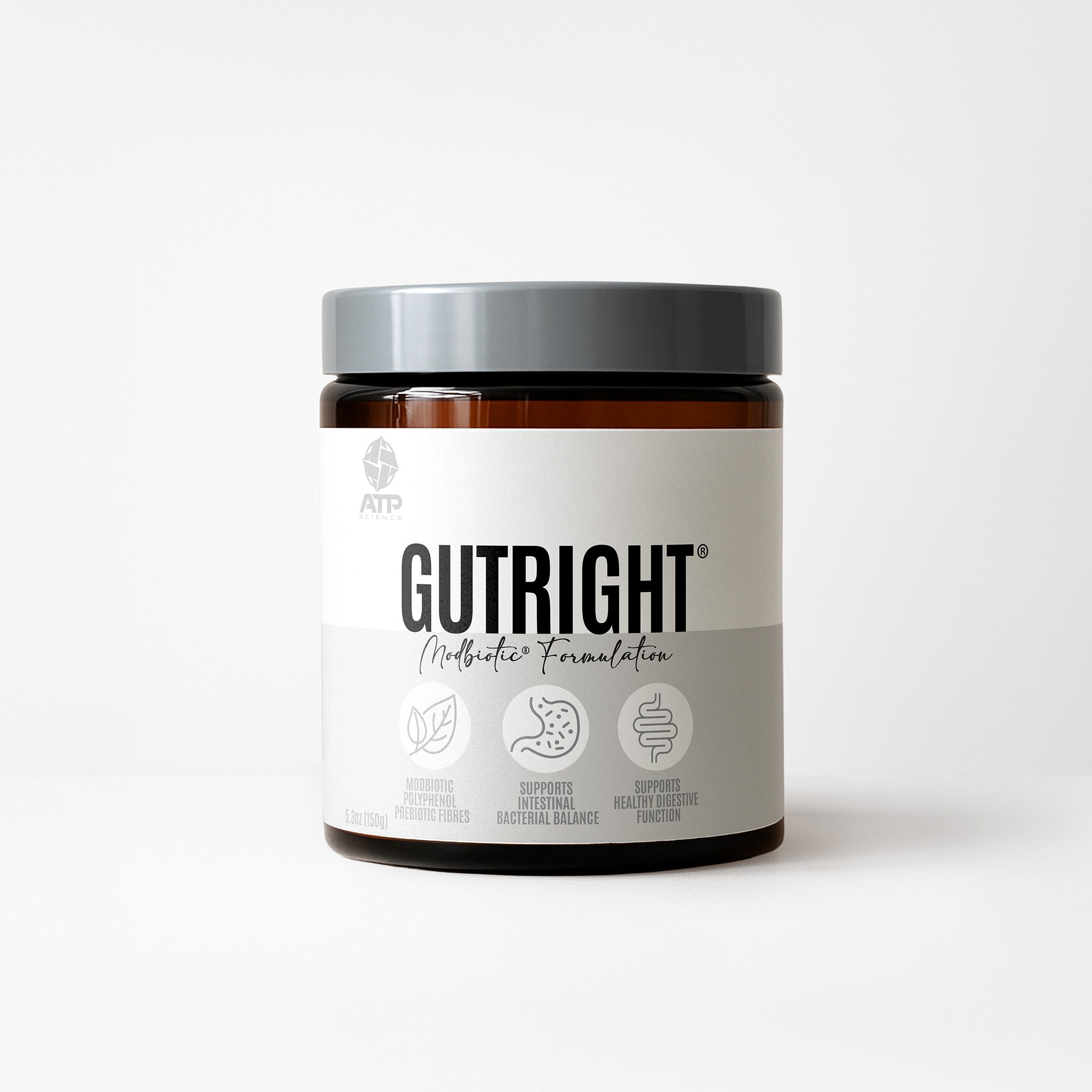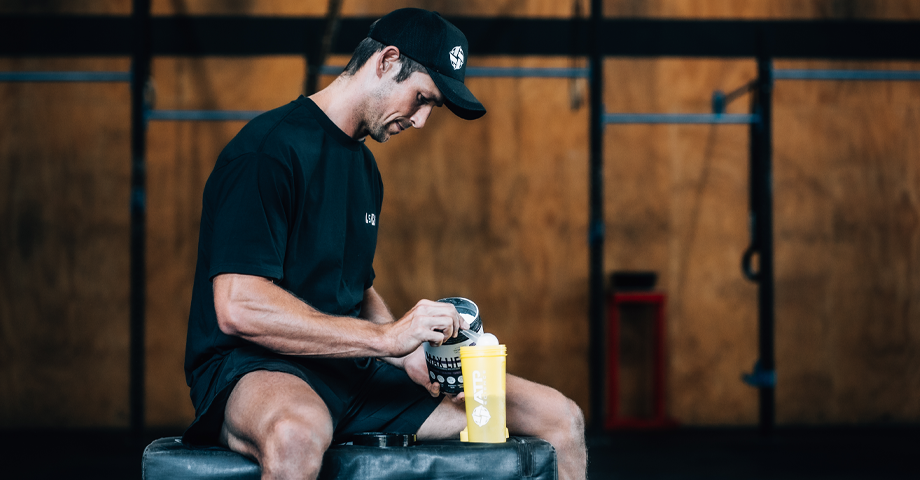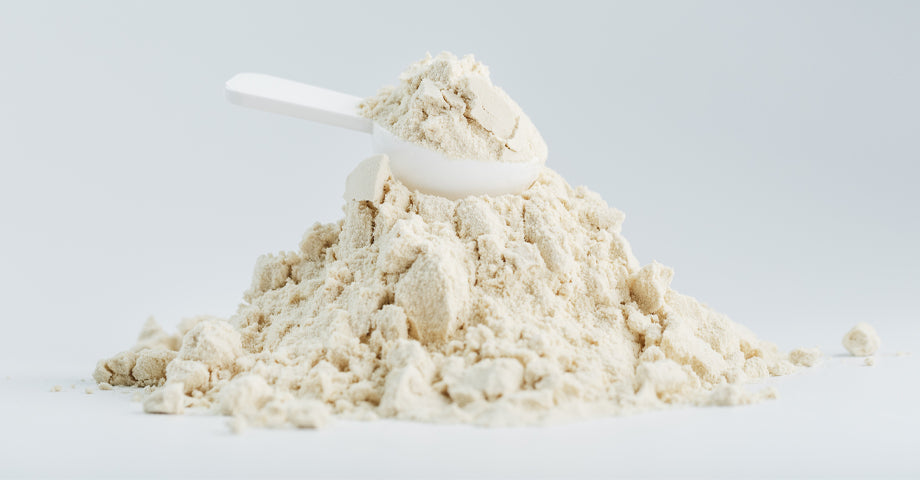Edible Essential Oils
Essential Oils - You add a few drops to your diffuser, maybe a dash to a carrier oil and dab some on the wrist to smell of your favourite scent or blend for the day, but have you ever considered some of them may benefit us internally too? In the discussion below we will run through where some confusion can occur with essential oils and how to clear It up as a consumer.Are all Essential oils safe to consume?
In the short answer no. Not all essential oils are safe for human consumption, they can be quite toxic. There is also the consideration that some forms are highly concentrated too and require dilution. In this instance, you are looking for advisory labels that suggest that it is safe for consumption and has been approved for use. For instance, the FDA will mark essential oils that are safe for consumption as GRAS which means ‘Generally safe for consumption. Follow the directions for safe consumption.Where do Essential oils originate from?
The first records of the use of essential oils in ceremonies and rituals stem from places such as ancient India, Persia and Egypt. We know that the ancient Egyptians used them in the process of embalming, perseveration and ceremonies of importance. Interestingly, both Greece and Rome used them with the intent of popularizing the scents that they had, odoriferous oils were traded with their country of origin as some of the earliest forms of perfume [1].These were often used as extracts by placing the roots, leaves and flowers in fatty oils and extracting their properties this way. It is believed that the botanical use of these methods originated around 5000 years ago from the earliest records of their use [2].
Why do people use them?
Many people reach for essential oils to provide an extra natural benefit to their lifestyles, many find benefits on mood, nervousness, digestion, performance and for aromatic aesthetic too. There are some excellent studies conducted on their benefits some of which include:Effects of Bergamot on mood states and the parasympathetic nervous system as well as salivary cortisol.
Antifungal activity of Origanum vulgare L. Essential Oil Against Postharvest Disease of Peach Fruit.
Instant effects of peppermint essential oil on the physiological parameters and exercise performance
Boswellia olibanum Properties
Antimicrobial activity and chemical composition of three essential oils extracted from Mediterranean aromatic plants.
Feel free to peruse just some of the documented studies on how these unique compounds work, and of course ensure that they are high quality and regarded as safe for consumption for humans.
A case study on lavender and tea tree essential oil
While they have not been listed as safe essential oils to consume, this case study shows the effects of environmental influence that they can have on your physical state. They are very powerful and should be used sparingly. Published recently in the National Institute of environmental health sciences was the case of essential oils on endocrine (hormone) influence. Stating the title as Lavender oil linked to early breast growth in girls. The document continues to dive into the persistent use of lavender products and their association with premature breast growth in young girls. Leading to further research stating that chemical compounds contained in both tea tree and lavender respectively, contained known endocrine disruptors. These compounds elicit hormonal-like effects for estrogen and testosterone. This extended to a long-term study where persistent use of these products and their exposure to environmental influence exhibited prepubertal gynecomastia traits in young boys too.Bloch and Korach who continued this correlative study on human cells found in their results that pure lavender and tea tree oils mimic the actions of estrogens and inhibit the effects of androgens. This makes them very unique endocrine disruptors and it is best to ensure their use sparingly, especially in prepubertal children who have large fluctuations of hormones for development [3,4,5].
Take home?
Essential oils are incredible, but they do require caution for use. Does ATP Science use oils in its products? Absolutely we do, however, all oils are approved for food safety standards at the correct ratios for ingestion and safety. They undergo rigorous control and quality assurance testing too. They are also preserved safely, with no nasty preservation techniques or dangerous carriers.If you are wanting to implement essential oils in your lifestyle, do your research, check their quality and make sure they are safe for ingestion. If you are unsure, ask the manufacturer they will have the information statements on its safety for use.
References:
- Elshafie, H. S., & Camele, I. (2017). An Overview of the Biological Effects of Some Mediterranean Essential Oils on Human Health. BioMed research international, 2017, 9268468. https://doi.org/10.1155/2017/9268468
- . Baser K. H. C., Buchbauer G. Handbook of Essential Oils: Science, Technology and Applications.Boca Raton, FL, USA: CRC Press; 2010.
- https://www.niehs.nih.gov/news/newsroom/releases/2007/january31/index.cfm
- https://factor.niehs.nih.gov/2019/9/feature/3-feature-lavender/index.htm
- Henley DV, Lipson N, Korach KS, Bloch CA. Prepubertal gynecomastia linked to lavender and tea tree oils. N Engl J Med. 2007 Feb 1;356(5):479-85. doi: 10.1056/NEJMoa064725. PMID: 17267908.
- Ramsey JT, Li Y, Arao Y, Naidu A, Coons LA, Diaz A, Korach KS. Lavender Products Associated With Premature Thelarche and Prepubertal Gynecomastia: Case Reports and Endocrine-Disrupting Chemical Activities. J Clin Endocrinol Metab. 2019 Nov 1;104(11):5393-5405. doi: 10.1210/jc.2018-01880. PMID: 31393563; PMCID: PMC6773459.

















